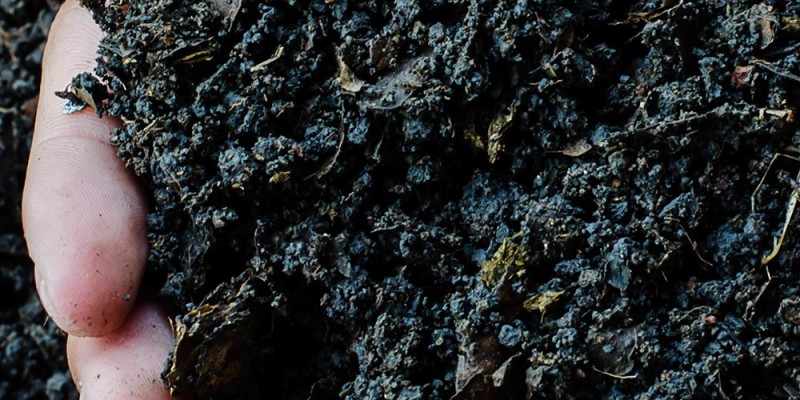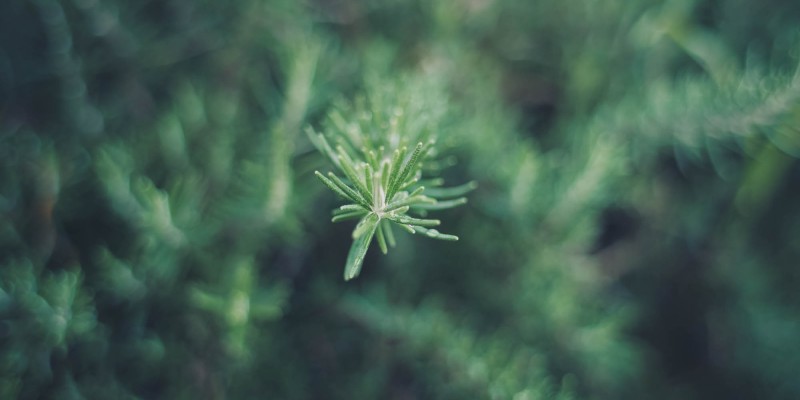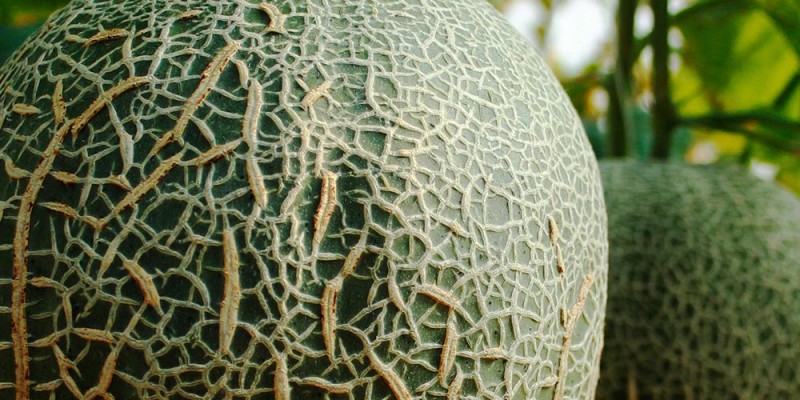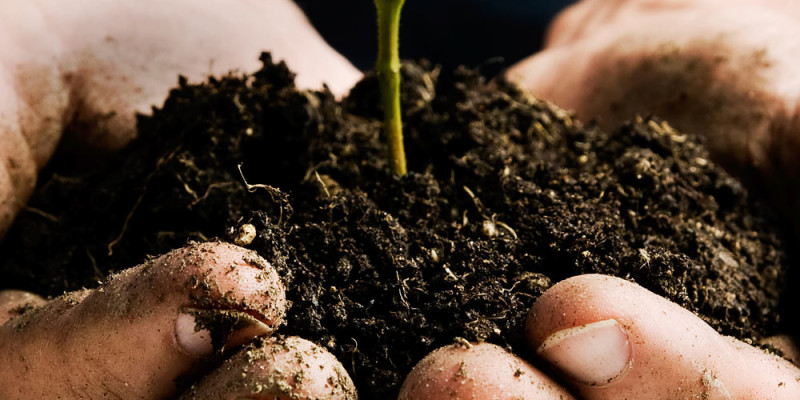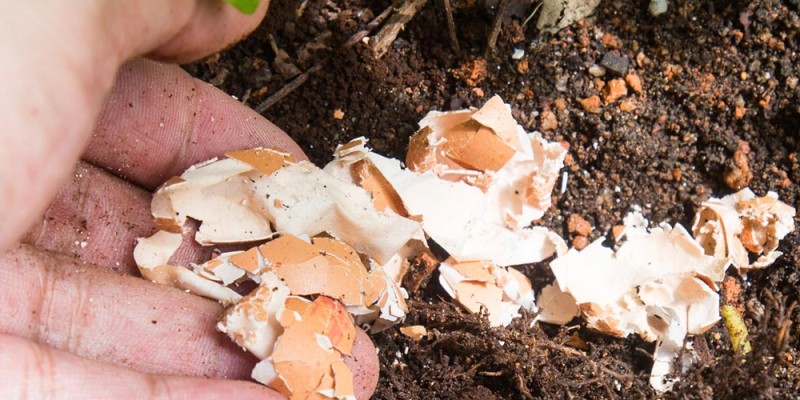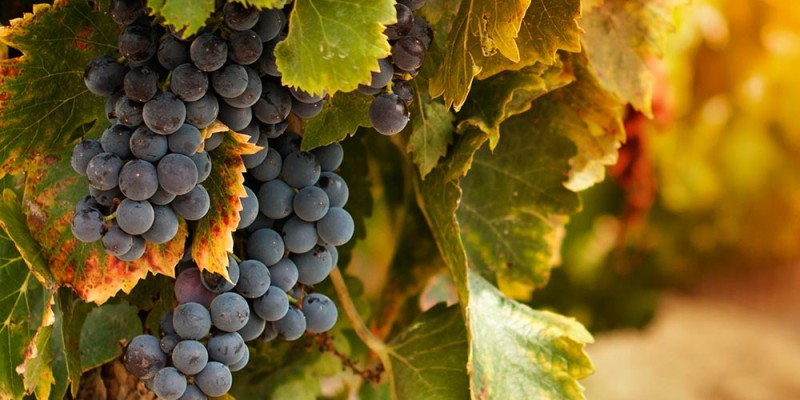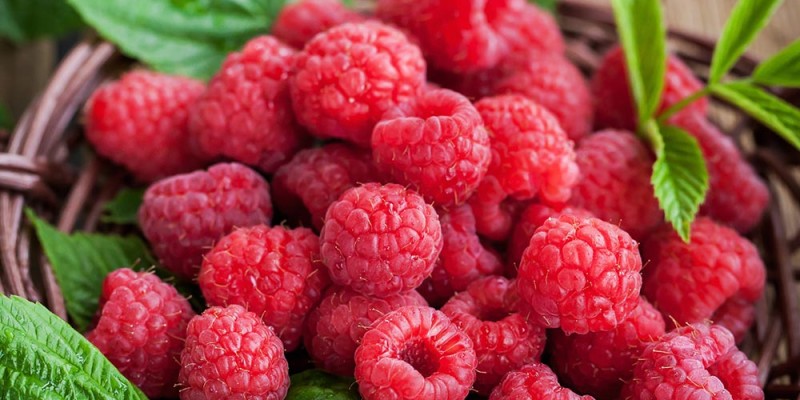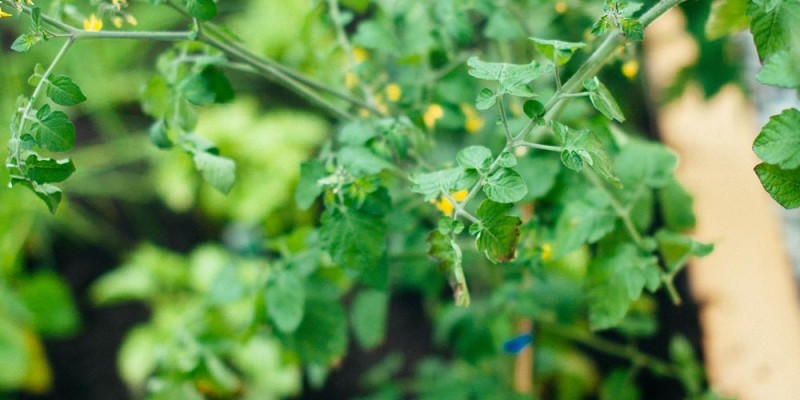Companion planting is defined as a method of closely planting two different plants to enhance each other’s growth or protection from pests.
Companion Planting is where both the Testing Garden Assumptions Series and Urban Gardening Series intersect on today’s video. I am going to touch on a few of the claims made about companion planting and how I may integrate it in my garden as I plant for the 2016 season.
When should you think about companion planting?
The best time to think about companion planting is before you plant your garden.
Does Companion Planting Work to Deter Pests
The most common claims made about companion planting is that it improves the resistance of crops from pests and helps bring in beneficial ones such as pollinators.
Researchers in the UK found that when a brassica was planted with 4 of the same plants around in some cases they successfully observed confused cabbage root flies. [6] Similarly researchers in Poland supported the finding that if specific companion species were selected their presence reduced predation by pest insects on crops. [4] In short companion planting can deter pests from damaging your crops.
When I dug deeper into the research it became very apparent that the researchers started with known species of the crops that were already known to have reported benefits as companion plants for pest deterrence. The use of companion plants to deter pests turns out is really only effective if you know which crop and companion combination works on which pest. If you select the wrong combination you may see no reduction in pest activity.
Will companion planting improve the flavor of food grown next to each other?
The next most common claim is that pairs such as basil and tomatoes improve each other’s flavors. Flavor is very subjective so this is a hard one to test reliably. As such I had a hard time finding any reliable peer reviewed research on the subject. However if we take a step back we may be able to figure out what may be going on.
There are limited connections between plants in the garden. So they don’t generally directly interact with each other but can have an influence on the environment around them such as sun, moisture and soil temperature. These minor changes in the environment can have an impact on the companion plant and potentially the flavor. That said this is a bit of a stretch.
What is more likely the cause of the improved flavor when the variety of crops and when they are harvested. Heirlooms are common in gardens and are very different varieties than the ones in grocery stores. Researchers in Texas investigated the composition of common crops from 1950 to 1999 and found that the commercial varieties available today have evolved to be able to store for longer at the same time lost part of their makeup that improves its flavor. [8] So when you compare an heirloom that is much closer to the varieties that were around in 1950 to the store bought produce the heirloom likely would come out tasting better.
In addition to the varieties in your garden starting off with a genetic head start when you harvest them is also very important in flavor. Garden crops are often picked at the peak of ripeness unlike the store bought ones that by necessity are picked early and lose the opportunity to finish off building up sugars in exchange for a longer shelf life.
To circle back to our original question of does companion planting improve flavor the answer might be yes but there is limited research out there. Improved flavor is likely much more likely due to the varieties of fruits and vegetables you are picking and when you harvest them.
Does companion planting attack beneficial insects such as pollinators?
The final claim I will take a look at is the claim that companion planting attracts beneficial insects. Generally speaking these insects are broken up into two categories. Wildlife that improve pollination and those that help manage pests.
Plenty of the fruits and vegetables we grow in back yards require pollination. The insects that help pollinate our crops use smell and sight to find their food source which is the pollen and nectar from the flowers. There is plenty of research to suggest pollinators are attracted by the presence of a food source or flowering plants. [2] [7]
Similarly animals that eat and control pests are attracted by a food source and a conducive habitat. In essence if you make your garden nice for them they will come.
By planting a wide variety of crops in your garden you are much more likely to attract beneficial pollinators and pest managers to your garden helping to establish a self-controlling population.
This leads me to how I have adopted some of the principals from companion planting in my garden.
Is Companion Paring Effective?
There is a lot of information out there sighting which plants pair well together and what benefits you will get from that. It can be overwhelming trying to get just the right combinations in the right locations.
Polyculture as a method of companion planting to increase harvests
What I do is a little simpler and does not require in depth knowledge of the exact species, spacing and pests. If we again just step back and take a look at what we are trying to achieve and why companion planting is successful we might be able to figure out a simpler way to achieve the same results.
We are trying to achieve the three main claims made about companion plants. Improved flavor, pest resistance and pollination.
The varieties I am starting with give me a head start on the improved flavor now all we have to address is deterring pests and bringing in animals that will manage pests and pollinate the crops.
I achieve these results by inter-planting crops and growing a wide variety of crops that flower at different times.
The practice is called Polyculture and is much easier to implement in the garden. Polyculture is a method where instead of planting a lot of one variety, or a monoculture, you plant a mixture.
If you plant a whole bunch of one crop in one area that is called a Monoculture and they are particularly susceptible to pests. The pests are able to quickly find their preferred food source and destroy it. By planting a good mix of crops pests have a harder time finding their desired victim. Even if the pests do find their target the damage is often quite limited.
The same mix of plants and flowering times makes your garden a nicer place for the beneficial wildlife that manage pests and pollinate crops.
In short a diverse garden filled with many crops will help improve pest resistance and make a nice home for beneficial wildlife that control pests and pollinate your garden. The best part is Polyculture effective and easy to implement in the garden. Poly culture in my opinion is also very visually appealing!
References
[1] Nematode impacts
http://www.ctahr.hawaii.edu/oc/freepubs/pdf/PD-35.pdf
http://link.springer.com/article/10.1007/s00442-004-1750-9#/page-1 [3] Effect of intercropping white cabbage with French Marigold (Tagetes patula nana L.) and Pot Marigold (Calendula officinalis L.) on the colonization of plants by pest insects
http://www.degruyter.com/view/j/fhort.2009.21.issue-1/fhort-2013-0129/fhort-2013-0129.xml [4] Nematodes
http://msue.anr.msu.edu/news/a_quick_look_at_plant_disease_caused_by_nematodes [5] Polyculture
https://puyallup.wsu.edu/wp-content/uploads/sites/403/2015/03/companion-plantings.pdf [6] Companion planting – do aromatic plants disrupt host-plant finding by the cabbage root fly and the onion fly more effectively than non-aromatic plants?
http://onlinelibrary.wiley.com/doi/10.1046/j.0013-8703.2003.00102.x/abstract;jsessionid=7C435781AB8CA302E5C7D628830DD1D0.f02t03?userIsAuthenticated=false&deniedAccessCustomisedMessage= [7] Secondary plants used in biological control: A review
http://www.tandfonline.com/doi/abs/10.1080/09670874.2012.659229 [8] Changes in USDA Food Composition Data for 43 Garden Crops, 1950 to 1999:
http://www.semencespaysannes.org/bdf/docs/fruit_content.pdf [9] University of California Davis paper:
http://ucce.ucdavis.edu/files/datastore/234-526.pdf

